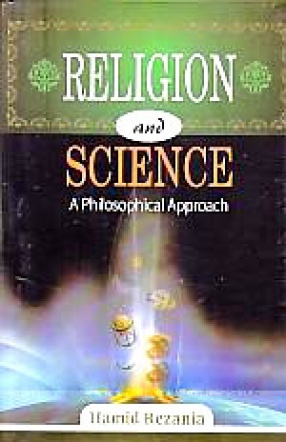Historians usually describe Sufism as the mystical core of Islam and date its appearance at about the ninth century A.D., approximately two hundred years after the birth of Islam. In its universal sense, however, Sufism includes the mystical dimensions of all religions practices. The branches of that tree are mysticism. The fruit of the tree is truth. Sufism is no different from the mysticism at the heart of all religions. Just as a river passes through many countries and is claimed by each as its own, there is only one river. All mysticism has the same goal, the direct experience of the divine. One who practices Sufism is called a Sufi, dervish, or fakir. Sufi has several meanings in Arabic, including “pure†and “wool.†(Early Sufis wore simple wool cloaks and they sought inner purity.) Dervish is a Persian term derived from dar, or door. It refers to one who goes from door to door (begging) or one who is at the threshold (between awareness of this world and awareness of the divine). Fakir is Arabic for “poor person.†In Sufism, this does not refer to those poor in worldly goods, but to those who are spiritually poor, who recognize their need for God. Their hearts are empty of attachment to anything other than God. The adoption of the moral and ethical teachings of Islam created a climate in which Sufism could develop and flourish. Although Sufism is more prominent in the Middle East, North Africa, Europe, Central Asia, India, Pakistan, China, and Indonesia, its ideas, practices, and teachers are found throughout the world. Like any genuine mystical tradition, Sufism has changed its form to fit the cultures and societies in which it is practiced.
Ageless Mind and Timeless Ideas: Life and Legend of Koneru Ramakrishna Rao
Ageless Mind and Timeless ...
$44.10
$49.00





There are no reviews yet.